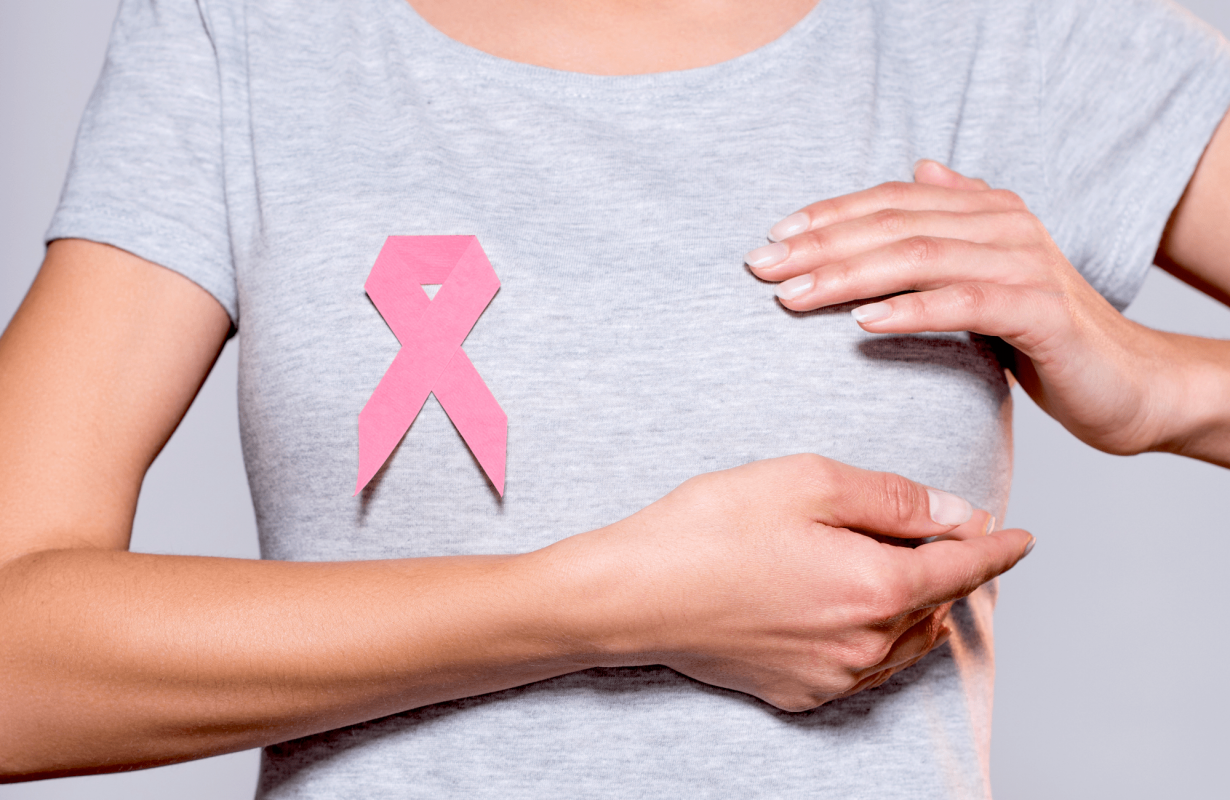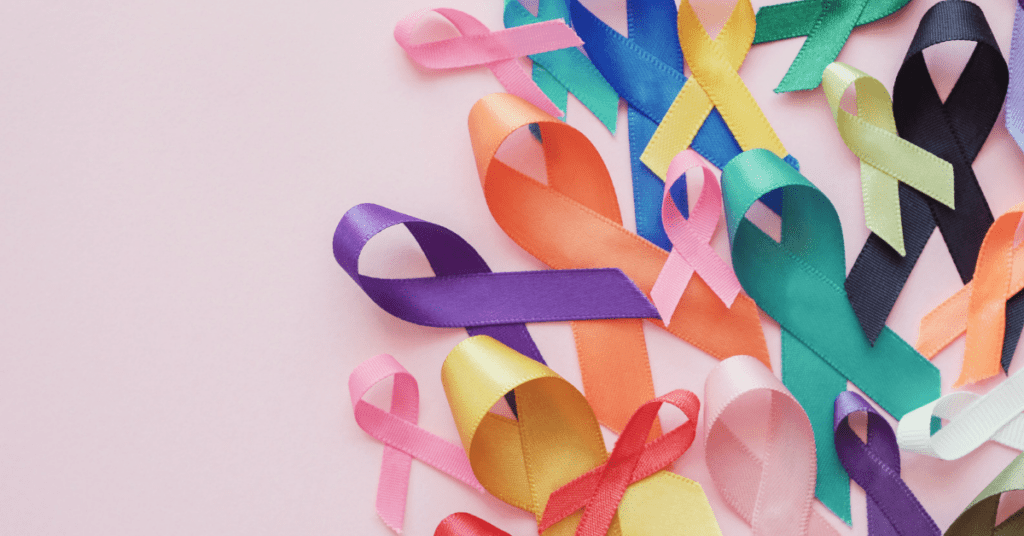There is a point in every woman’s life when she adds “get a mammogram” to her yearly to-do list. As a first-timer, dread of the unknown can make this a daunting task. You may have heard stories of how painful mammograms are. Or maybe you’re deeply worried about finding suspicious lumps that confirm your fear of breast cancer.
All of that can be intimidating, but making an appointment with your doctor and taking preventative precautions remain undeniably important. The 2017 SA NCR stated that 1 in 25 South African women, regardless of race, have a high risk of contracting breast cancer during their lifetime. At first, this statistic may seem paralyzing — but instead, use it as motivation to follow through on the mammograms you may have been putting off.
Fortunately, you don’t have to go in blind. We’re here to provide the information you need to help alleviate your fears and prepare yourself for the process of getting a mammogram.
When Should I Get a Mammogram?
Some people put this procedure off under the guise that what they don’t know won’t hurt them, but unfortunately, that’s not true. Early detection is your best chance of finding effective treatment, increasing your chances of survival, and improving your quality of life.
The World Health Organization defines screening as the test and exams used to find the disease before symptoms begin. Early detection means finding and diagnosing symptomatic patients as early as possible. But how early do you need to begin?
The Mayo Clinic reports that women between the ages of 40-44 can optionally begin yearly breast cancer screenings, but women 45-54 should absolutely be getting mammograms every year. And once you reach the age of 55, you then have the option to switch to screenings every other year.
Your doctor can help you with this decision based on family and personal medical history. They can also help you decide whether you would benefit from beginning screenings in your 30s. Starting that early is not the norm, but again, based on your personal and familial history, it could be the right decision for your health and well-being.
What to Expect When Getting a Mammogram
Many women have encountered a few mammogram horror stories in their time, ranging from tales of pain or bruising to issues with breast implants. But these horror stories generally don’t reflect what really happens at a mammogram appointment. While you may experience some slight discomfort, the process is not painful, and your technician is an expert who knows how to complete the process as quickly and gently as possible.
On the day of your mammogram, start with a clean slate. It’s important not to wear any lotions, oils, perfumes, or deodorant because they may interfere with the machine. Upon arrival, you will undress from the waist up and put on a hospital gown, with the opening at your front for easy access. If you are uncomfortable with the idea of people seeing your breasts, don’t worry. The only people in the room will be you and the technician.
You will stand at the machine, and the tech will place your breasts one at a time in between two imaging plates. The imaging plates will apply pressure while the X-rays are being taken. This is where you may experience mild discomfort, as more pressure makes it more likely for the tech to get clearer images.
The technician will take multiple images from different positions, placing your breasts exactly where they need to be. Your immediate reaction may be to tense up, especially if it is your first mammogram and you are nervous or expecting pain. Take deep breaths and try to relax. The exam is not painful, and the more relaxed you are, the easier it will be for your tech to get the images they need in the shortest amount of time. This entire process should only take about 10 minutes.
Occasionally, your mammogram might require extra imaging or additional tests. If your doctor has ordered a diagnostic mammogram due to a change in symptoms, a radiologist will take more x-rays, providing even more views of the breast from multiple vantage points. They may also choose to zoom in on the exact area that is suspicious or has an abnormality. The radiologist will review your scans and may request further imaging, such as an ultrasound of the breast(s) in question.
After all the exams are complete, a radiologist examines your x-rays and other testing results, then sends a report to your doctor. This usually happens within 48 hours. Your doctor will then contact you with the results.
Please note that it can be common to get mammogram results with suspicious findings. This does not automatically mean you have cancer. More times than not, these results are caused by dense breast tissue or cysts. In some situations, you may need to have a biopsy sent off for testing. A biopsy involves removing a small sample of your breast tissue and will confirm if there is any cancer present.
Preparing for Your Mammogram
Although the process of a mammogram itself is fairly simple and quick, there are a few things you can do in advance to make the appointment go that much smoother:
- If you have the option, choose a facility specializing in mammograms or one that regularly performs them multiple times a day.
- Avoid scheduling your exam the week before your period. At this time of the month, your breasts are at their most tender and could be swollen, leading to more discomfort and increasing the risk of inferior images.
- As previously discussed, don’t wear oils, perfumes, or deodorant. These substances can interfere with the machine and show up as white spots on the images.
- Since you will need to remove your shirt and wear a hospital gown, you might find it less intrusive to wear separates with a skirt or pants instead of a one-piece dress or jumpsuit. This way, you only have to undress from the waist up.
- Before getting your mammogram, discuss any recent changes or issues with your breasts with your doctor and the exam technician.
Aynjil Insurance
Around one in four South Africans will be diagnosed with some form of cancer, whether breast or otherwise. With numbers that high, cancer insurance is becoming essential for individuals and families to offset the high costs of diagnosis and treatment.
Cancer insurance is a specific type of insurance in South Africa. Many insurance companies offer a type of basic cancer insurance as part of their overarching critical care coverage. But at Aynjil, we realized this wasn’t a solution for everyone. Besides fully addressing the ever-growing costs associated with a positive cancer diagnosis, each individual has a unique set of variables and needs for their cancer coverage. That’s why we created our company to serve you in the most specialized way possible.
At Aynjil, we offer an effortless four-minute online sign-up process. Our packages include a detailed set of cancer insurance benefits for the best possible premiums. And unlike other insurance providers, we understand that the costs associated with cancer include more than just the medical aspect. At Aynjil, we are also concerned about your emotional care, lifestyle changes, and overall well-being.
Our cancer insurance complements and improves your existing health care plan, acting as additional coverage to make up for any shortfalls or extra costs. Each of our thoughtful policies is designed to improve the lives of patients and their families, carefully crafted to offer you security and peace of mind throughout your entire cancer journey. At Aynjil, there are no loopholes buried in fine print, no ambiguous clauses to decipher, and no unpleasant surprises. And all of this has been priced and presented to you as economically as possible.
Don’t let the fear of the unknown or the cost of cancer stop you from getting the testing you need. Contact us today and see how we can help put your mind at ease with the best cancer coverage on the market.
Marketing by Joseph Studios



